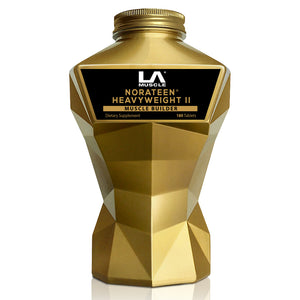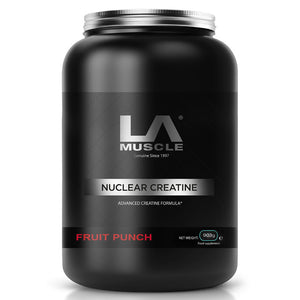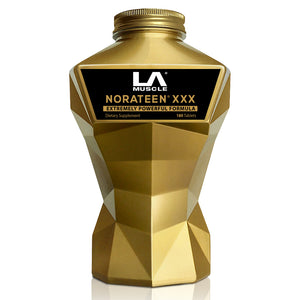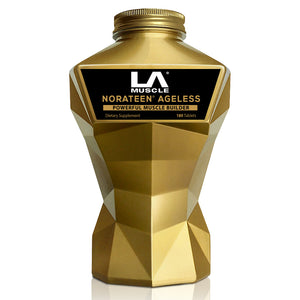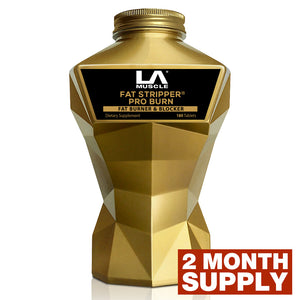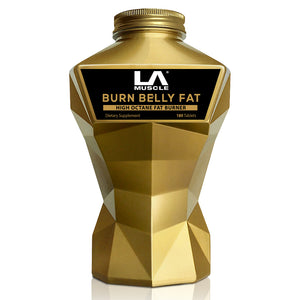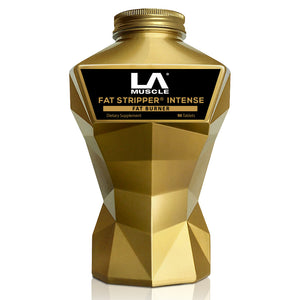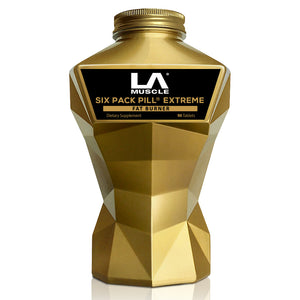
Forearms, often overshadowed by the more popular muscles like biceps and chest, play a crucial role in overall strength and muscle development. Their importance cannot be overstated, as they are involved in virtually every upper body movement, providing grip strength and stability. Training your forearms can lead to significant improvements in performance, aesthetics, and functional abilities.
The Importance of Forearms in Strength Training
Forearms act as the link between the power generated by your body and the weight or resistance you are manipulating. Strong forearms enhance your ability to lift heavier weights, perform more repetitions, and engage in more complex and demanding exercises. They are essential for grip strength, which is vital for exercises like deadlifts, rows, pull-ups, and various sports. Improved grip strength can lead to better endurance and performance in both weightlifting and athletic activities.
Benefits of Well-Trained Forearms
- Enhanced Grip Strength: This is the most immediate benefit, improving performance across a wide range of exercises and sports.
- Injury Prevention: Strong forearms can help prevent strain and overuse injuries that can occur during training or daily activities.
- Improved Endurance: With stronger forearms, you can perform lifting exercises for longer periods without grip fatigue.
- Aesthetic Appeal: Well-developed forearms provide a more balanced and proportionate look to the upper body.
Effective Forearm Training
Training your forearms should be about more than just aesthetics; it's about building functional strength that benefits your entire workout regime. Here are some effective exercises and training tips:
-
Wrist Curls and Reverse Wrist Curls: These are the bread and butter of forearm training. Sit on a bench, hold a dumbbell in each hand, and let your wrists hang over the edge. Curl the weights up and down, focusing on the full range of motion. Perform both palm-up and palm-down variations.
-
Hammer Curls: These target the brachioradialis, a major muscle of the forearm. Perform these with dumbbells, keeping your thumbs pointing up throughout the movement.
-
Farmer’s Walk: Grab a heavy dumbbell in each hand and walk a certain distance or for a set amount of time. This exercise is excellent for improving grip strength and endurance.
-
Dead Hangs: Simply hanging from a pull-up bar for as long as possible. This static exercise is great for grip strength and also benefits shoulder stability.
Training Volume and Frequency
- Frequency: Aim to train your forearms 2-3 times per week. They can handle a higher frequency because they're used to constant use and recover quickly.
- Sets and Reps: For wrist curls and reverse curls, 3-4 sets of 8-15 reps work well. For grip strength exercises like farmer's walks and dead hangs, focus more on duration and less on reps.
Inspirational Figures with Powerful Forearms
- Bruce Lee: Known for his martial arts skills, Lee also had remarkably strong forearms which he attributed to his incredible hand speed and power.
- Arnold Schwarzenegger: During his bodybuilding days, Schwarzenegger's forearms were as legendary as his biceps, contributing to his imposing physique.
- Popeye: While a fictional character, Popeye the Sailor's oversized forearms symbolize immense strength, especially post-spinach consumption, and have inspired fitness enthusiasts for generations.
The development of forearm strength is not just about improving the aesthetics of your arms but is integral to enhancing overall muscle performance, grip strength, and functional capabilities. Incorporating targeted exercises into your routine, focusing on both endurance and strength, can lead to significant improvements in your training and daily life activities. Remember, consistency and proper technique are key to unlocking the true potential of your forearms and achieving a balanced, powerful physique.
If you are struggling with getting stronger, try Norateen Extreme.



